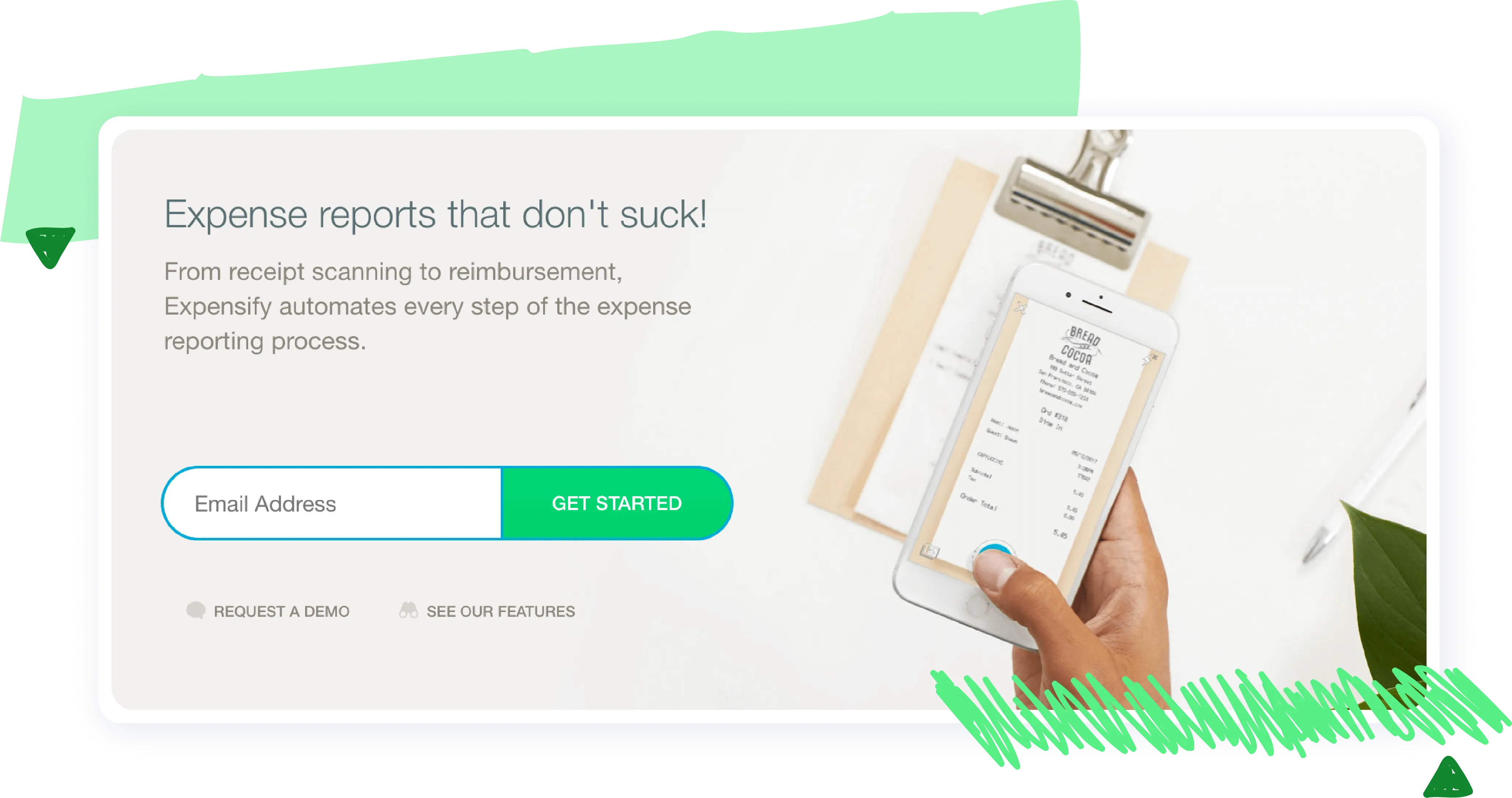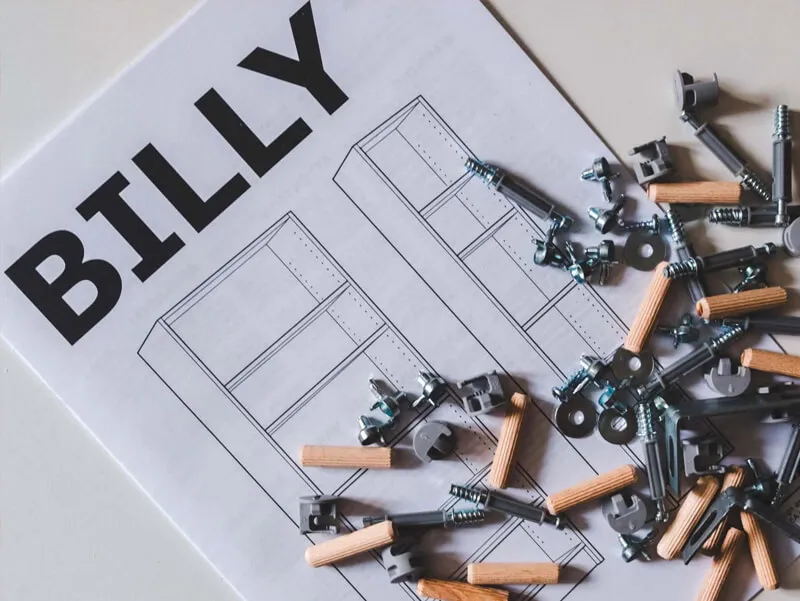

A framework to improve your free-to-paid conversion
In the third lesson, you’ll learn our Treasure Hunt framework to improve your free-to-paid conversion rate and turn more of your free users into paying customers.

A framework to improve your free-to-paid conversion
Welcome back! In this third lesson, we’ve got a simple but powerful three-step framework to improve your free-to-paid conversion rate.
But first, we’ve got a hard truth for you to swallow: in the first 15 seconds of every new experience, people are lazy, vain, and selfish.
It sounds harsh. (But don’t shoot the messenger because I didn’t say it!) Scott Belsky, Chief Product Officer at Adobe, did (source).
It’s an observation that suggests that before users feel invested in a product (and are willing to hand over their hard-earned cash) they’re looking out for one thing first – themselves.
Think about the last time you tried a new product. What questions come to mind? For us Appcuties, we’re always thinking:
• “How will this product help me?”
• “How is this product better than what I’m doing right now?”
• “How will I look if my friends or colleagues found out I’m using this product?”
• “Why would I drop what I’m currently using and replace it with this?”
That’s the real challenge with improving your free-to-paid conversion rate—people want the most value for the least amount of time. Your window of opportunity to grab their attention and show them your product’s value is short (so use it wisely!).
Shorten the time-to-value
That’s why one of the most impactful tactics to improve your free-to-paid conversion rate is minimizing time-to-value (TTV) as much as possible. That’s the amount of time it takes for a new customer to realize value from a product.

For some products, the benefit comes immediately—like the umbrella you buy when it’s raining. You experience the umbrella’s “value” the second you stay dry.
But for most SaaS products, it’s not as immediate. Access to the product alone doesn't provide the desired benefit—usually, some further action is required. Your customers might need to invite colleagues to collaborate, import their customer data, or finish an onboarding sequence before they experience a product’s benefit.
Take a product like Expensify, for example. Signing up for expense management software doesn't provide value. Free users probably won’t want to file an expense report—a task that requires several steps to complete—before upgrading to a paid account.

The takeaway here is that the quicker you can help free users experience the product’s value and achieve their unique goals, the more likely they are to become paying customers.
Though, there's a risk in shortening your time-to-value too much so that people don't learn anything about your product. Claudiu Murariu (CEO and Co-Founder of InnerTrends) explains this further in the video below.
The Treasure Hunt framework
(Ok, I know I said magnifying glasses down, but maybe dig that up again.)
To help you shorten your product’s time-to-value and improve your free-to-paid conversion rate, we’d like to introduce to you the Treasure Hunt framework.

Helping your free users experience your product’s value and become paying customers is like a treasure hunt. If you watched the movie The Pirates of the Caribbean, you know it takes decades to find a treasure. That’s because pirates hide their treasure so you won’t find it!
But with the right knowledge, tool, and guide, finding hidden treasure can be as easy as one-two-three:
Most assume that what lies at the end of a treasure hunt is a pile of gold—but not everyone cares about gold. Some folks treasure more time with loved ones, or an all-inclusive five-star trip around the world. Knowing what treasure lies at the end of the hunt helps the treasure-hunters stay motivated on their journey.
Similarly, to help users succeed in experiencing the product’s value, you need to know what they uniquely treasure. Because where there is treasure, the money will follow!
Since each user segment has different goals, you need to know each segment’s desired outcome. What’s the core problem they’re trying to solve with your product?
(Don’t worry, we’ll dive deeper into this product in the next lesson.)
As soon as you know what your users' treasure, the next step is to help get them there as quickly as possible. Make it clear how they can get value from your product.
(Spoiler Alert: in lesson 5, you’ll learn how to map out a user’s journey to discover which steps should be delayed or eliminated.)
Once you’ve discovered your users' treasure and mapped the shortest path to get them there, you’ll want to increase their likelihood of success by providing them with guides and prompts (inside and outside of your product).
We’ll cover this topic in lesson 6.
Ready to go on a treasure hunt?
Let’s go!




